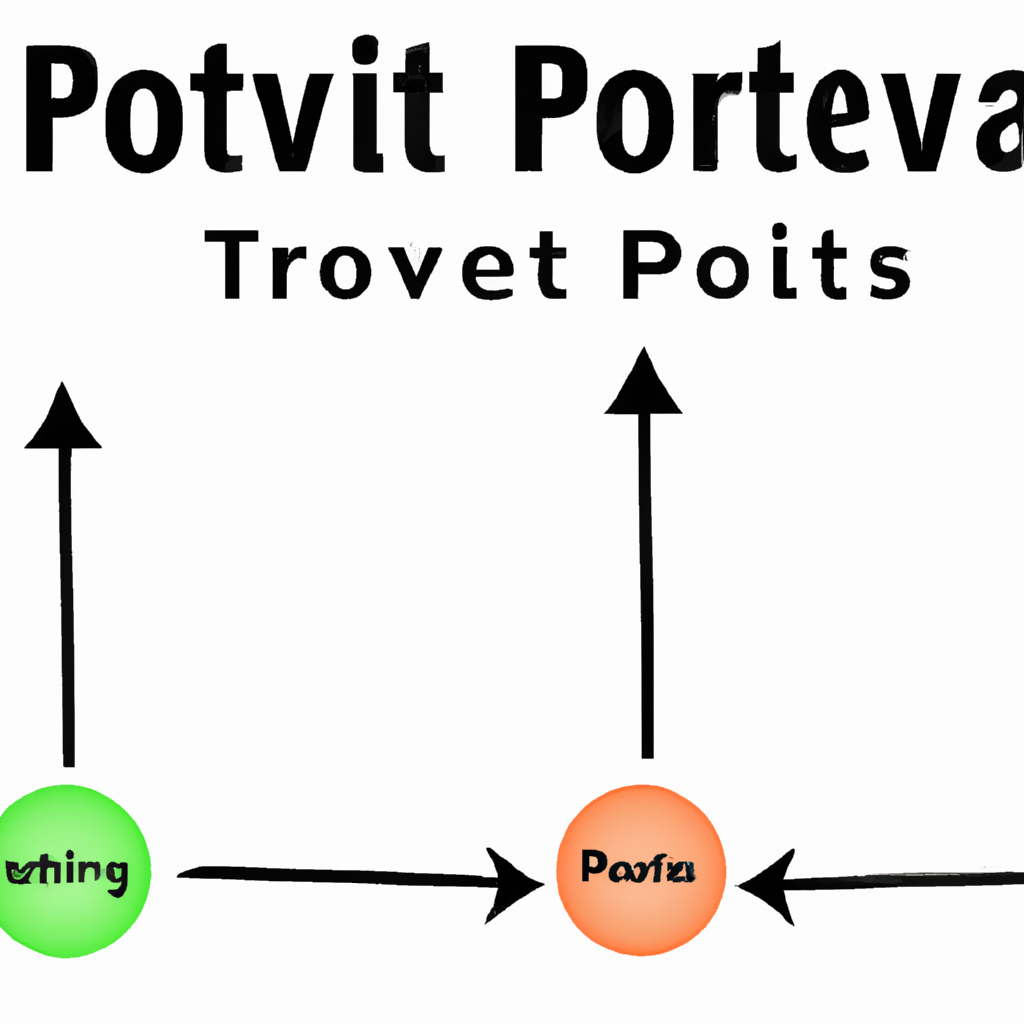Pivot Point Trading Strategies
Introduction
Pivot point trading is a popular strategy used by traders to identify potential turning points in the market. It is based on the concept of pivot points, which are calculated using the previous day’s high, low, and closing prices. These levels act as support and resistance zones, providing valuable insights into market sentiment and potential price movements.
Understanding Pivot Points
Pivot points are calculated using a simple formula that takes into account the previous day’s high, low, and closing prices. The most commonly used pivot point formula is as follows:
Pivot Point (PP) = (High + Low + Close) / 3
In addition to the pivot point, traders also calculate several support and resistance levels based on the pivot point. These levels are known as R1, R2, R3 (resistance levels) and S1, S2, S3 (support levels). The calculations are as follows:
R1 = (2 x PP) – Low
R2 = PP + (High – Low)
R3 = High + 2 x (PP – Low)
S1 = (2 x PP) – High
S2 = PP – (High – Low)
S3 = Low – 2 x (High – PP)
Pivot Point Trading Strategies
There are several trading strategies that traders can employ using pivot points. Here are a few popular ones:
1. Pivot Point Breakout
This strategy involves waiting for the price to break above the pivot point level (resistance) or below it (support). Once the breakout occurs, traders can enter a position in the direction of the breakout. For example, if the price breaks above the pivot point, a trader may go long, expecting further upward movement.
2. Pivot Point Bounce
In this strategy, traders look for price reversals at the pivot point levels. If the price approaches a support level (S1, S2, or S3) and shows signs of bouncing back, traders may enter a long position. Conversely, if the price approaches a resistance level (R1, R2, or R3) and shows signs of reversing, traders may enter a short position.
3. Pivot Point Range Trading
Range trading involves identifying a trading range between the support and resistance levels. Traders can enter a long position near the support level and exit near the resistance level, or vice versa. This strategy works well when the market is consolidating and lacks a clear trend.
4. Pivot Point Confluence
Confluence refers to the convergence of multiple technical indicators or levels. In this strategy, traders look for pivot point levels that align with other forms of support or resistance, such as trendlines, Fibonacci retracement levels, or moving averages. When multiple indicators point to the same level, it strengthens the potential support or resistance, increasing the probability of a successful trade.
Conclusion
Pivot point trading strategies can be a valuable tool in a trader’s arsenal. By identifying key support and resistance levels, traders can make informed decisions about market entry and exit points. However, it is important to remember that no strategy guarantees success, and traders should always use proper risk management techniques when implementing pivot point strategies.



